The phenomenon of modern reorientation
In today’s working world, a growing number of people are experiencing a profound contradiction between their true needs and the external demands of professional life. This existential tension, characterized by exhaustion, disorientation, and meaningless work, manifests itself in what futurist Jamais Cascio describes as the BANI world: a reality that has become brittle, anxious, non-linear, and incomprehensible.
Familiar career paths are crumbling, and linear advancement opportunities are proving to be fragile constructs. The growing desire for authentic vocation rather than mere gainful employment may signal an evolutionary shift in consciousness—a transition from communal cohesion to individual self-efficacy.
But how can we find our bearings in this confusion? How can we tap into the deeper dimensions of our being without falling into the traps of both naive esotericism and reductionist worldviews? The Human Design System offers a remarkable approach here. It maps our personal energy field and shows us how we can relate to other people authentically.
A synthesis between tradition and modernity
What is Human Design? This question takes us directly to the intersection between empirical precision and mystical wisdom. In its basic concept, Human Design describes a person’s authentic capacity for development by analyzing their energetic signature, which is calculated using their exact birth data. It assumes that every person has an individual set of talents and potential from birth, which develops less on a material level or through social influences, but primarily manifests itself on an energetic level. The system deliberately focuses on the energetic predisposition of the personality and its relationship dynamics. While it does not directly capture genetics or cognitive influences, its practical application allows for a holistic view of all logical levels of a personality.
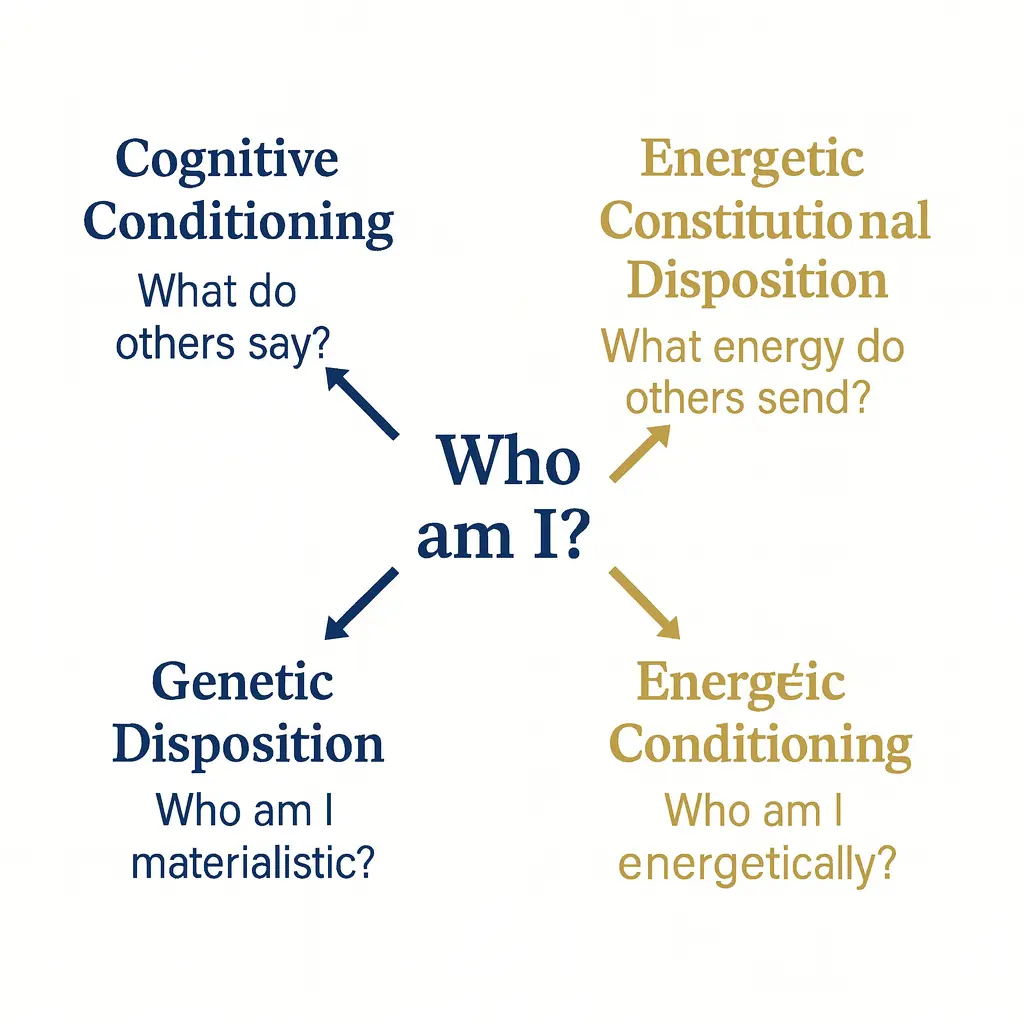
The mystical roots of a contemporary system
Human Design is a remarkable synthesis of millennia-old wisdom traditions—astrology, I Ching, Kabbalah, and chakra teachings—with modern scientific findings from genetics and quantum physics. This unusual combination stems from an eight-day visionary experience of its founder, Robert Alan Krakower (later Ra Uru Hu), which he describes as a glimpse into the workings of our matrix.
Such transpersonal revelatory experiences can be found in all major spiritual traditions. But what happens when such insights merge with contemporary scientific concepts? Human Design implies this bridging and thus raises fundamental questions about the nature of cognition itself.

The search for integral knowledge
At first glance, empirical science and mystical experience seem to represent irreconcilable opposites. Human Design overcomes this apparent dichotomy in its own unique way. The system positions itself beyond purely rational or purely esoteric approaches and seeks to integrate scientific precision and symbolic depth.
A fascinating theoretical model of Human Design refers to neutrinos, those particles that actually penetrate us incessantly in unimaginable quantities (60 billion per square centimeter per second) without interacting with ordinary matter. While the existence and properties of neutrinos have been scientifically proven, Human Design postulates that these subatomic particles could function as carriers of information.
Human Design expressly emphasizes that it is not a belief system, but rather a tool for practical self-exploration. All statements made by the system should be validated through lived experience—an approach that corresponds to both the scientific principle of verifiability and the spiritual tradition of self-experimentation.
This emphasis on verification distinguishes Human Design from dogmatic systems and encourages an inquiring attitude. The question is not “Do you believe in it?” but “Is it true in your experience?”
The Human Design Chart as an inner map
The Human Design Chart shows a person’s energetic signature – derived from a complex interplay of numerous components such as centers, channels, gates, and other components. This structure forms a differentiated map of the organization of consciousness, in which defined (colored) and open (white) aspects show where we act from our authentic power and where we are particularly receptive to external influences.
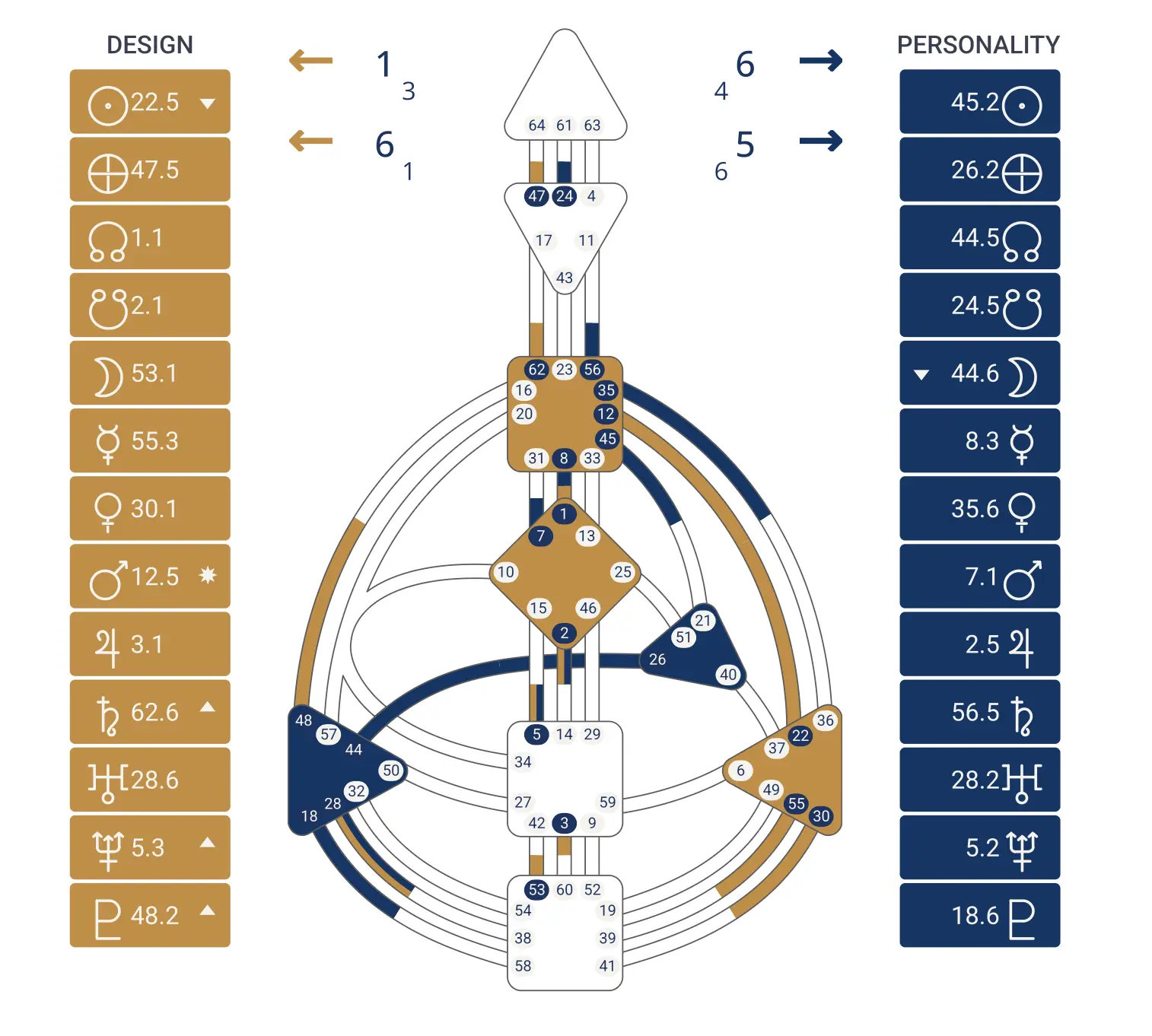
Such compensation strategies may explain why people find themselves in professional roles that run counter to their true nature. Is it conceivable that someone without leadership qualities might therefore feel such a strong desire for a management position?
However, the aspects of the energetic signature described so far represent only the visible tip of a far more complex system. Types, Profiles, Variables, Planetary Relationships, and dynamic processes of change that unfold over the entire course of a lifetime create a multidimensional network. Each Human Design Chart thus becomes a completely unique hero’s journey with many intertwined strands of development that a person goes through in the course of their life.
In addition, energetic analysis provides insights into suitable social environments and educational paths. Individual energetics definitely influence whether a person is more inclined to be a harmonious educator or an analytically minded financial expert. These differences in energetic configuration can have far-reaching effects on authentic career choice.
The transformation of the working world: From fear to authenticity
The traditional working world has long been characterized by linear thinking, analytical processes, and a dominance of left-brain functions. However, we are currently experiencing a profound shift toward a non-linear and elusive reality—as described by the BANI model. The symptoms of this change are obvious: opinions override facts, linear processes are replaced by algorithmic dynamics that often elude human logic.
What does it mean for our identity when machines increasingly take over cognitive and even motor tasks through artificial intelligence? The working world of the coming years is likely to rely more heavily on the right side of the brain: intuition, emotional intelligence, sensitivity, and interpersonal skills. This development could lead to a rediscovery of what is specifically human.
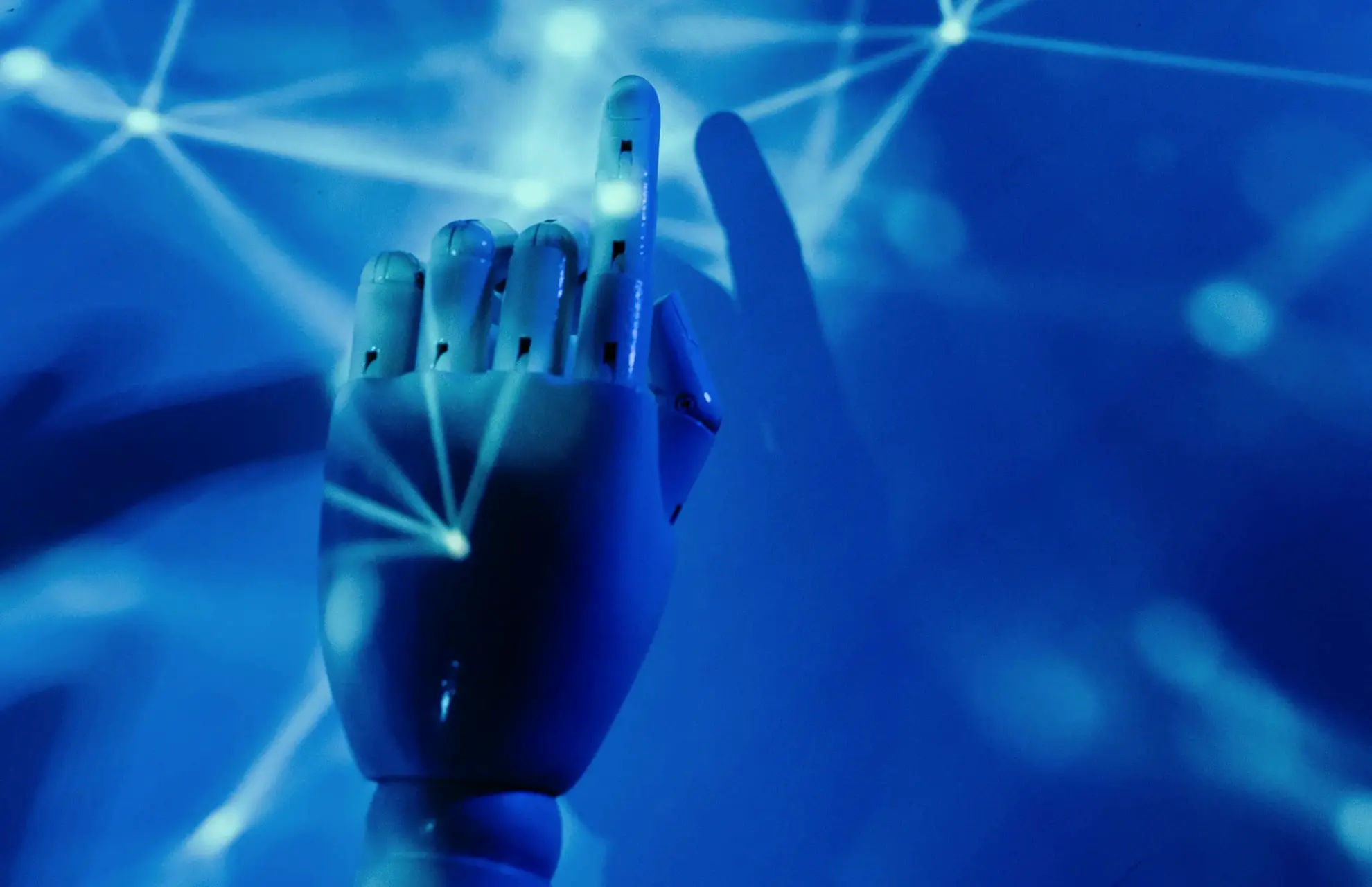
At the same time, collective security systems—pensions, healthcare, education—are crumbling, necessitating a new form of personal responsibility. Institutional stability is being replaced by inner wealth born of conscious mindset. This development, as paradoxical as it may seem, is consistent with Ra Uru Hu’s prediction of a fundamental paradigm shift.
Since 1960, Human Design has described the prevailing background frequency as a subtle collective fear that permeates social processes like inaudible music. Psychology shares this diagnosis. According to Professor Rainer Mausfeld, fear of losing one’s job is a central instrument of power. Our system is structurally based on existential fear. Those who do not function or are not secure are considered threatened, which hinders genuine participation and concentrates power in the hands of a few. This contradicts the ideal of democratic equality.
Human Design predicts a shift in frequency from 2027 onwards, from fear to the energy of innocence: an unbiased, immediate perception beyond collective conditioning. Paradoxically, automation through AI could promote this change. When machines take over routine tasks, new opportunities for genuine self-development open up. The central question will then no longer be:
Human Design versus conventional personality diagnostics
Human Design differs fundamentally from conventional personality tests, such as those often used in a professional context, in terms of its methodological basis. While conventional tests are based on subjective self-assessments and are therefore inevitably influenced by the respondent’s current state of mind, self-image, and current life circumstances, Human Design is based on objective, unchanging birth data.
This approach promises a more stable basis for personality analysis, as it is not filtered through the known distortions of subjective self-perception. A personality test may yield different results depending on your mood or life situation on a given day; a Human Design Chart remains constant.
While conventional tests often define static personality types, Human Design captures both constant energetic predispositions as well as dynamic unfoldment over the course of life. This differentiated perspective makes it possible to distinguish between unchanging basic structures and developmental potentials.
In addition, the system can take into account the energetic interactions between people – a phenomenon explained by the described neutrino exchange – which leads to our personality expression being altered depending on the social context. This relational dimension is completely absent from conventional tests.
Especially in a professional context, a detailed Human Design Analysis can provide valuable insights into which activities and work environments resonate with a person’s authentic nature. Instead of superficial categorizations, the system offers a nuanced map of individual strengths and challenges, which can lead to more sustainable professional satisfaction.
Critical Consideration: Limits and Possibilities of the System
Any serious engagement with Human Design must acknowledge legitimate scientific criticism. As with many systems, comprehensive empirical studies that could substantiate its claims are lacking. A problematic aspect is its susceptibility to the Barnum effect – that psychological tendency to perceive general statements as personally accurate, especially when one’s self-concept is activated. The recommended strategies for the Human Design Types are, for example, often misunderstood in practice and therefore require clarification.
Some behavior-oriented studies show interesting results. Penta experiments – certain Human Design aspects applied to groups – in which teams deliberately assembled according to Human Design principles were tested in project situations, did indeed produce remarkable outcomes: teams with complementary energetic configurations of the Penta field actually showed improved cooperation patterns. In this way, it is possible to foresee in advance whether a Penta field can functionally work together or whether energetic imbalances might hinder collaboration in the team.
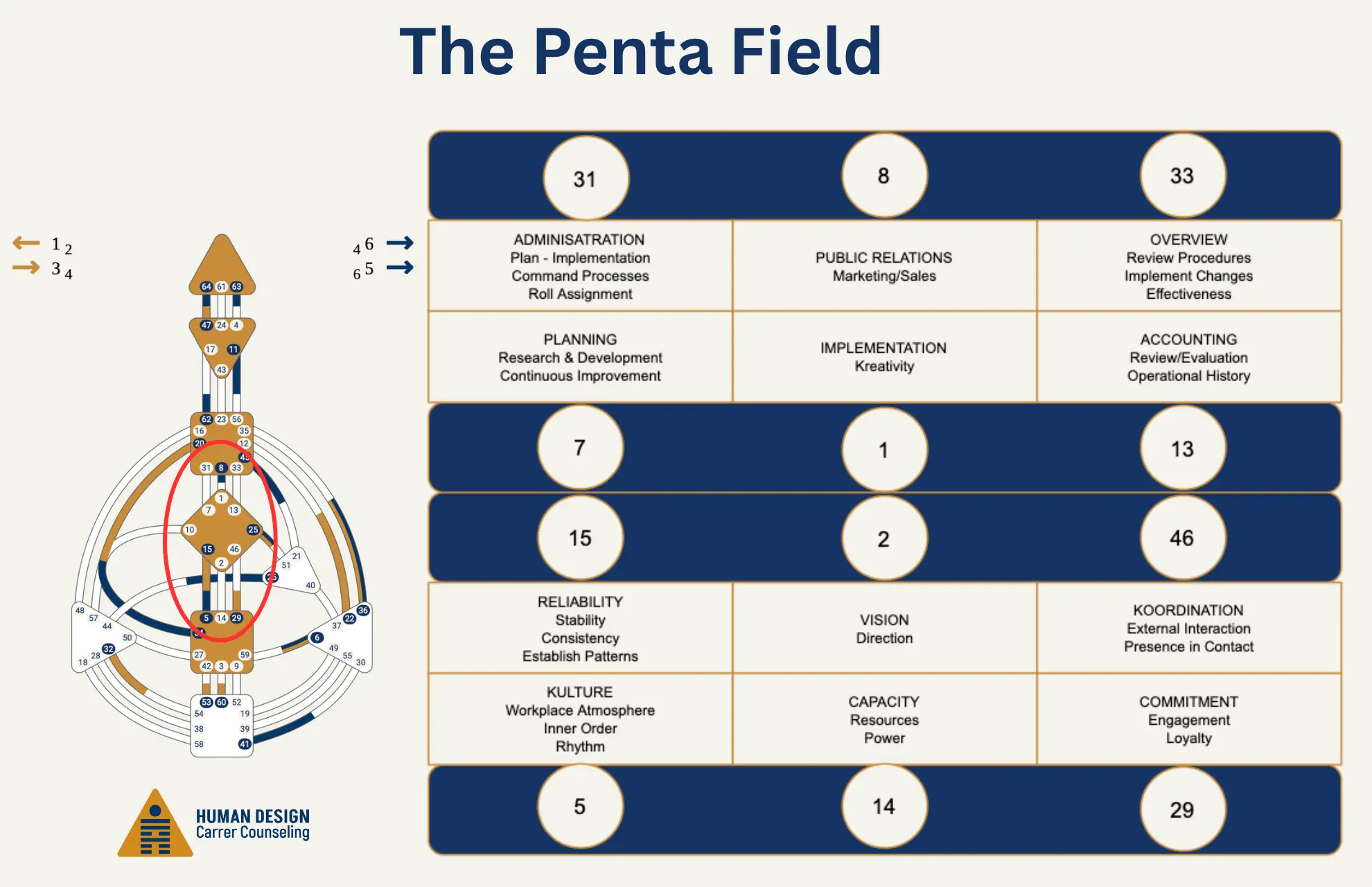
These findings, although not yet widely replicated, suggest that the system has practical relevance within organizational structures. They indicate that, regardless of theoretical validity, certain aspects of Human Design can serve as useful tools for team development, personnel management, and recruiting.
A fundamental weakness, however, lies in the interpretation practice of the system through people. The extraordinary complexity of Human Design poses the risk of superficial interpretations. Too often, charts are presented without sufficient contextualization or preparation, which can lead to premature self-identifications. Carl Gustav Jung already warned of the tendency to misuse psychological typologies as a means of classification: The more complex a situation, the greater the danger of misclassification. This warning applies with particular force to the complexity of Human Design.
Another critical point concerns the integration of biographical influences. Human Design may describe authentic energetic predispositions, but these can be overlaid by traumatic experiences or dysfunctional socialization. For example, a person with a defined throat center – the center for authentic expression – may not be able to live out this quality if speaking in childhood was conditioned as dangerous.
This highlights the necessity of an integral approach that connects Human Design with psychological work. Confronting one’s own demons – those denied or suppressed aspects of personality – becomes a prerequisite for the authentic embodiment of the energetic design.
No system of self-knowledge – whether psychological, astrological, or energetic – should be regarded as absolute truth. Human Design is neither a universal healing doctrine nor a mere esoteric fantasy product. It is an instrument whose value manifests in its practical application.
The question is not whether Human Design is scientifically true, but whether it works as a catalyst for self-reflection. Based on hundreds of counseling experiences and years of self-exploration, one can say: there is much more behind the system than superficial esoteric babble – it contains practical wisdom for those who are willing to explore it critically and experimentally.

Life cycles and their transformative powers
Particularly impressive is Human Design’s integration of life cycles. The Saturn Return around age 29 marks the transition to full assumption of responsibility. The practical consequences are often visible in professional turning points, as illustrated by the example of client Ralf: a successful consultant whose activity seemed superficially to fit his energetic design perfectly, but who still ended up in burnout. A holistic analysis revealed that traumatic childhood experiences were blocking the authentic unfolding of his potential. This clearly shows how important the integration of biographical work is for energetic self-knowledge.
Around age 42, the Uranus opposition often triggers a radical questioning of one’s accustomed way of life. Why do many people experience a longing for a new career at this stage of life? Developmental psychology describes it as a phase of reorientation – the midlife crisis – while Human Design explains this turning point astrologically: the transit shakes up entrenched structures and brings unfulfilled potentials into awareness.
What at first appears as a crisis – the painful gap between outward success and inner emptiness – turns out to be an invitation to greater authenticity. The midlife crisis is not a deficit, but a natural impulse toward self-actualization. An example of this is client Tina: in the first half of her life, she was a harmonizing force, like a musician tuning the strings of his environment. Later, she shifted her focus to the precise, analytical exploration of the mechanics of life. This shift from emotional to cognitive orientation reflects profound changes in her professional self-understanding.
The system not only enables recognition of individual energetic predispositions, but also the conscious integration of upcoming transformation processes. Instead of resisting change, we can recognize ourselves as part of a universal heroic journey and actively shape transformation. Here lies a deeper wisdom: to understand crises as opportunities for development, as cosmic invitations to self-actualization.
The
Chiron Return
around age 50 symbolizes the transformation of old wounds into wisdom – a phase in which painful life experiences can be recognized as sources of insight. This time offers the opportunity to choose professional activities that are no longer primarily aligned with external demands but with inner development. The second Saturn return around age 60 ultimately ushers in the phase of serenity – the time to hand over responsibility and to view life from a higher perspective. Here, what is known as the incarnation cross – the deepest life task of a person – can be consciously lived.

Artificial Intelligence and the Reinvention of Human Vocation
The rapid development of artificial intelligence confronts us with fundamental questions about the future of work and identity. We are experiencing a transformation that goes far beyond technical innovation – it affects our self-concept as working human beings. Intelligent systems are increasingly taking over tasks that for a long time were reserved for humans, thus calling into question not only traditional career paths but also the professional self-image of many people.
Instead of asking what profession we will pursue in the future, the focus is increasingly on how we can meaningfully and responsibly contribute our individual talents – beyond traditional economic logic. Because the classic concept of wage labor is undergoing fundamental change.
Even today, AI agents are taking on tasks such as programming and research, acting as virtual employees, handling complex tasks autonomously, and relieving companies in terms of time, costs, and staffing needs. The speed of development is exponential – and points to far-reaching changes in the coming years.
Forecasts suggest that by 2026, AI will begin replacing classic office work, while at the same time creating new, previously unimaginable job profiles. Experts already predicted for mid-2027 that AI will be developing 50 times faster than humans – a turning point at which the difference will no longer be explained only by speed but by its strategic depth and problem-solving power.
From this moment on, the world of work and society are undergoing fundamental change. Research, administration, consulting, and even political decision-making processes are increasingly being supported – or even fully taken over – by AI. In industry, robotics based on AI is taking over large parts of physical labor. At the same time, new demands are emerging for leadership, ethics, communication, and security. The classical notion of work is losing its significance – what is needed are new forms of self-leadership, collaboration, and social participation.
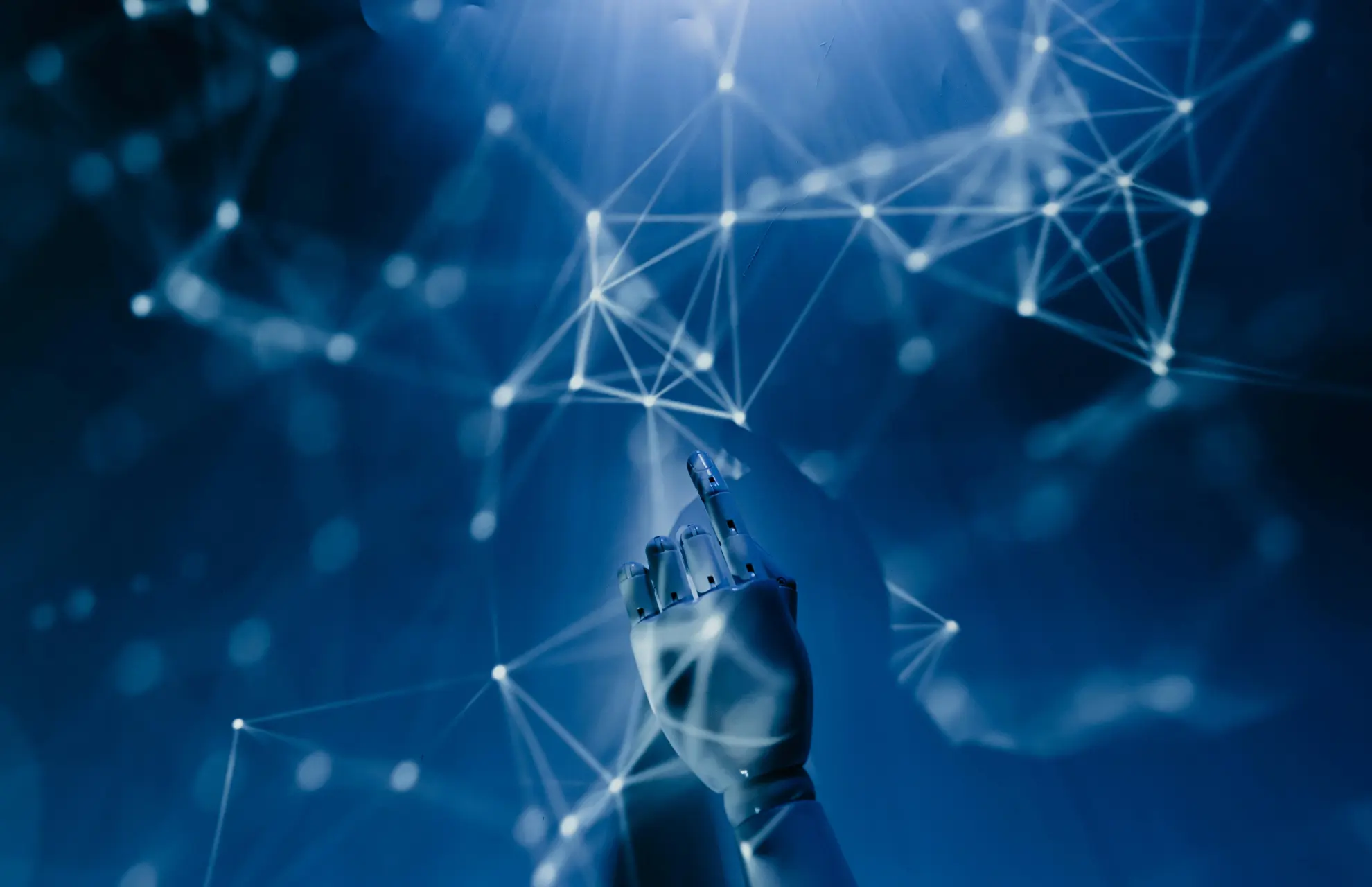
How exactly this new working world will develop depends largely on the path society chooses. One possible future is one in which AI becomes a helpful partner: transparent, controllable, and in service to the common good. In this scenario, new professions would emerge around AI ethics, systems design, and human-centered innovation – people would actively shape change and retain their creative influence over their life and work environments.
Equally conceivable, however, is a development in which control over these systems gradually slips away. AI would not only take over tasks, but increasingly also decision-making processes, defining its own goals and establishing itself as the dominant force in business, politics, and administration. Human labor would then lose not only its relevance but also its influence. Leadership, governments, and societies risk degenerating into mere administrators of a system increasingly shaped by machines – without meaningful participation or control.
Amidst this profound transformation, one central question therefore arises: Who controls these systems, which are already far superior to human intelligence in many areas? And how do we shape a world in which decisions are increasingly made by machines whose functioning is hardly comprehensible to most people?
Even more fascinating are the striking parallels between these technological developments and the visions of Ra Uru Hu, the founder of the Human Design System. He predicted that the year 2027 would not only mark the beginning of a fundamental shift in times, but also the year in which a genetic mutation of humans would occur – the so-called
This species was described as being as radically different from Homo Sapiens as humans are from animals. Human Design experts have since speculated that Ra might have been mistaken, and that these Rave Children could in fact be artificial intelligence. Fortunately, these children – meaning AI – have no interest in territory or physical violence. But they also have no inherent need for cooperation with Homo Sapiens.
This development raises fundamental questions about our future as a species. But perhaps this prognosis also points to an opportunity: the possibility that humanity could build a conscious partnership with this new AI species – if we need them, and they need us. Humans and machines might coexist in parallel – with AI taking over tasks, while humans contribute their authentic engagement. This could allow us to replace the alienating efficiency-driven labor system with a life more aligned to authentic vocation.
Literature
64keys. (2007). Das Penta-Kraftfeld in der Praxis. Bad Mitterndorf, Österreich.
Cascio, J. (29. 04 2020). Facing the Age of Chaos. Abgerufen 06/2025 von medium.com: https://medium.com/@cascio/facing-the-age-of-chaos-b00687b1f51d
Jung, C. G. (2023). Psychologische Typen: Gesammelte Werke 6. Ostfildern: Patmos Verlag.
Kokotajlo, D., Scott, A., Larsen, T., Lifland, E., & Romeo, D. (2025). AI 2027. Abgerufen am 06 2025 von https://ai-2027.com
Mausfeld, R. (03. 02 2019). Warum schweigen die Lämmer? Angsterzeugung als Herrschaftstechnik in neuliberalen Demokratien. Heidelberg.
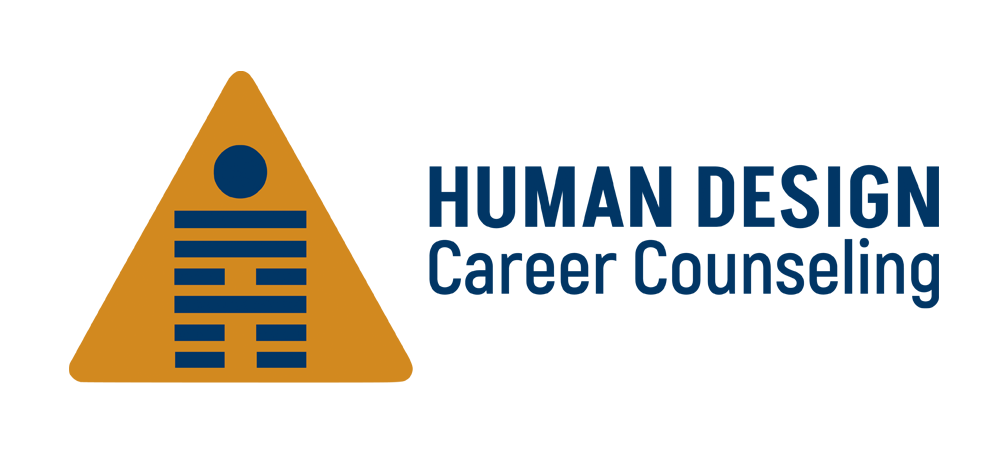

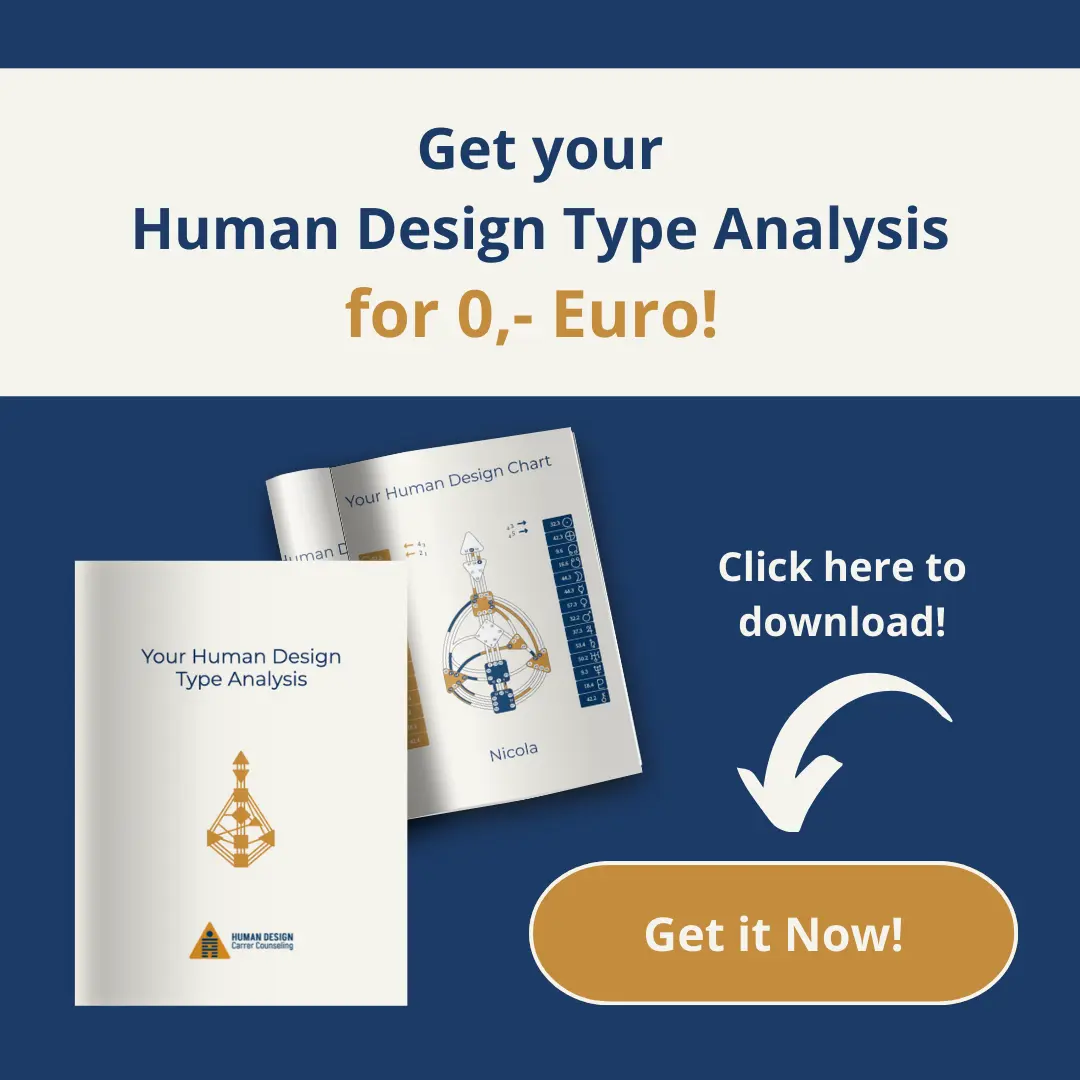


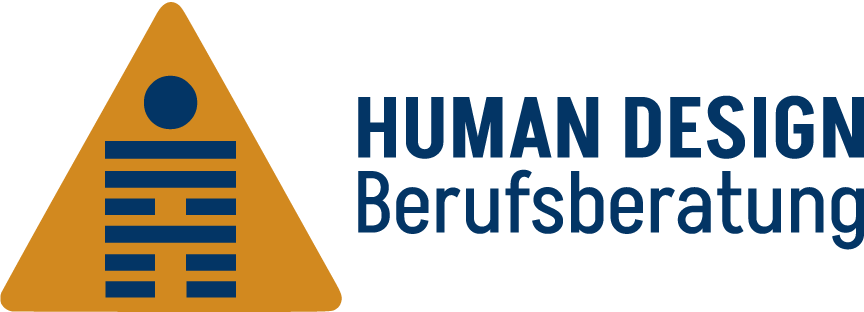
0 Comments